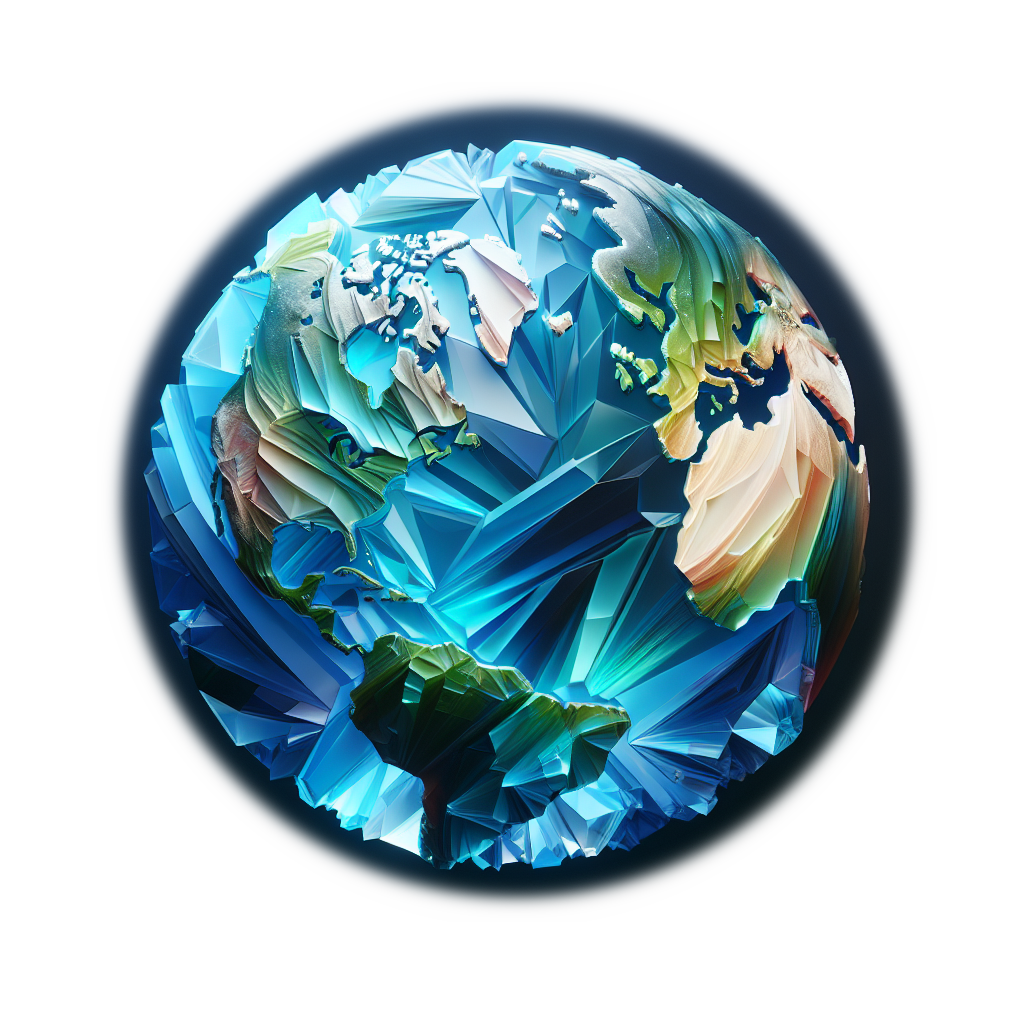This section explains some of the more specialized terminology used in the industry to describe mineral and crystal attributes, shapes, and features.
| Section | Description | View | | Crystal Habits & Growth Patterns | Crystal habit is a technical term which describes the actual shape of a crystal. Growth pattern describes how groups of these shapes form together. Some of the descriptive crystal habits and growth patterns include: | View Glossary |
| Mohs Hardness | Hardness is measured by the mohs scale. For each number, an example mineral is given. 1 is the softest (Talc) and 10 is the hardest mineral known to humans (Diamonds). Note that the scale is not linear, it is logarithmic. | View Glossary |
| Luster | Luster describes the surface appearrance of a mineral. This is one of the key diagnostic features of a mineral. | View Glossary |
| Optical Phenomena | Optical phenomena describe distinctive "plays of light" or "color changes" that occur at or near the surface of minerals, that can be described in distinctive terms. | View Glossary |
| Industry Terminology | These are some peculiar terms you might have heard from mineral dealers and collectors and thought huh? What are you talking about? | View Glossary |
| Classification | Some general classifications are used in the collection to differentiate specimens from various domains of science. | View Glossary |
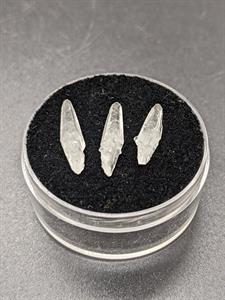 | Adamantine | Having high refractive index like a diamond |
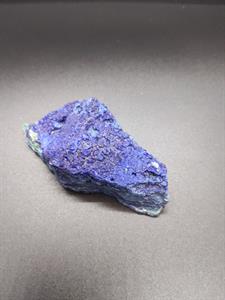 | Dull | Not shiny or reflective |
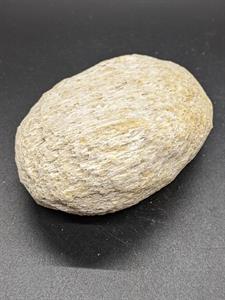 | Earthy | Soil or clay like surface texture |
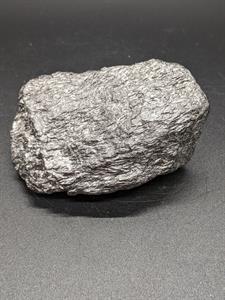 | Greasy | Oily or grease like appearrance |
 | Metallic | Shiny and reflective, like a polished, chrome metal surface |
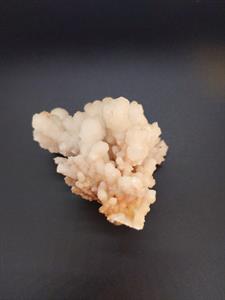 | Milky | Dull white to off white with slight translucency |
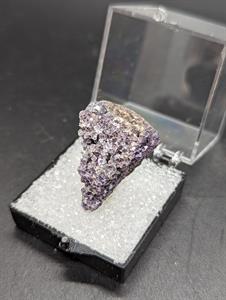 | Pearly | Having an iridescence similar to pearls |
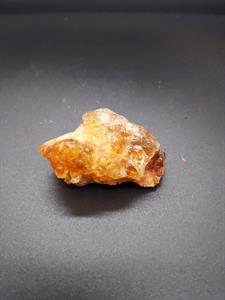 | Resinous | Having the apperance of a resin or gum |
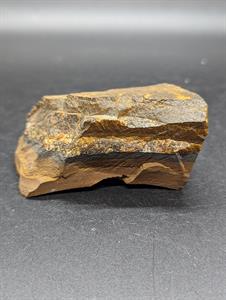 | Silky | Having a surface appearrance like silk, with very fine parallel layers |
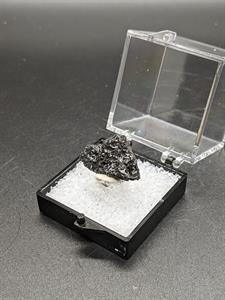 | Submetallic | Metallic, but dull |
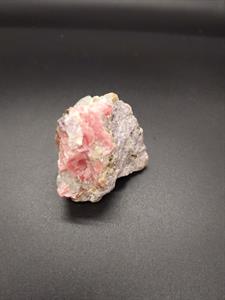 | Vitreous | Shiny like glass, but not reflective |
 | Waxy | Similar to wax, smooth but not shiny |
